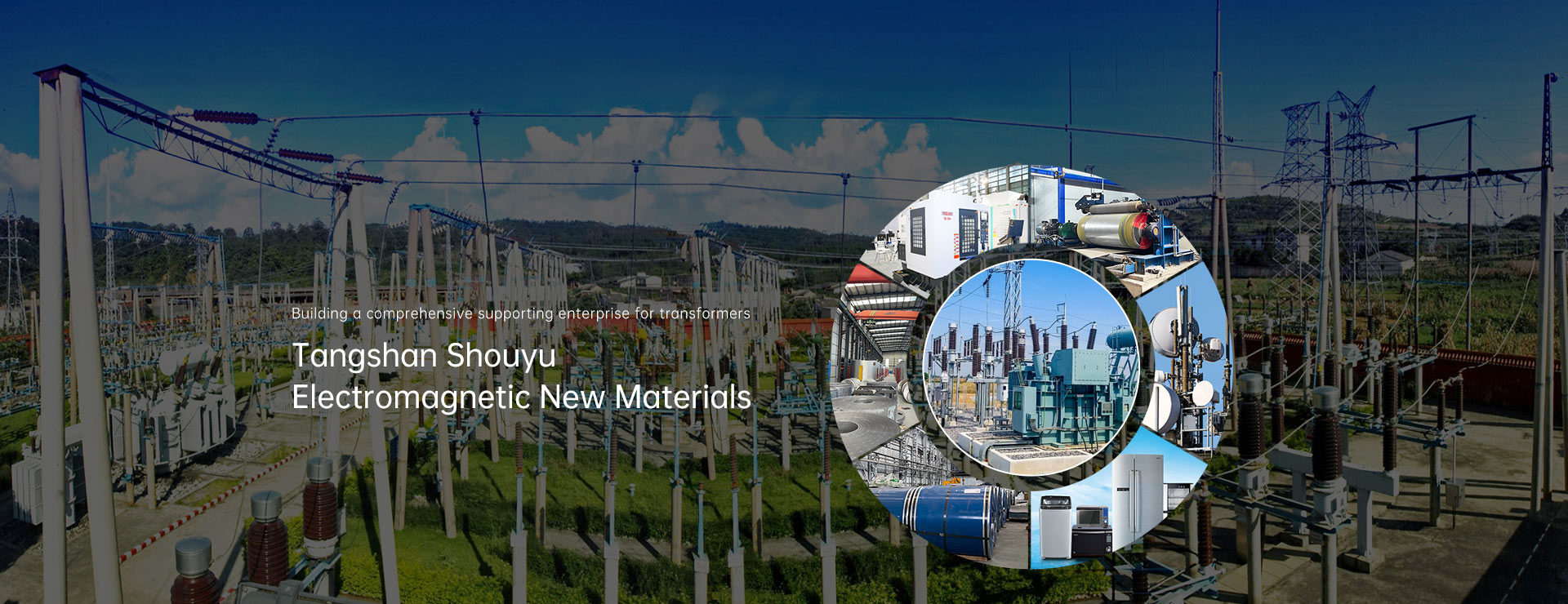Oriented silicon steel is a special type of electrical steel widely used in power equipment such as motors and transformers. It has the characteristics of low hysteresis, low iron loss, and high magnetic permeability, which can effectively reduce energy loss and improve equipment efficiency. In order to ensure the quality and performance of oriented silicon steel, a series of production processes and standards have been formulated.
1、 Production process of oriented silicon steel
- Preparation of raw materials: The main raw material for oriented silicon steel is silicon steel coil, which generally uses cold-rolled silicon steel sheets as raw materials. In the raw material preparation stage, it is necessary to clean, cut, and anneal the silicon steel sheets to ensure the quality and performance of the raw materials.
- In the hot rolling process, the raw materials undergo heating, rolling, and cooling processes to form the desired oriented grain structure. During the hot rolling process, it is necessary to control the appropriate temperature and rolling force to achieve ideal orientation performance.
- After pickling and hot rolling, a layer of oxide skin will form on the surface of the silicon steel coil, which needs to be pickled to remove the oxide skin and other impurities. During the pickling process, soaking or spraying is generally used, and an acidic solution is used for cleaning.
- After annealing and pickling, the silicon steel coil needs to undergo annealing treatment to eliminate stress and improve orientation performance. During the annealing process, it is necessary to control the appropriate temperature and time to ensure that the silicon steel coil has good magnetic properties.
- The silicon steel coil after iron core cutting and annealing needs to be cut according to specific product requirements to form the required iron core shape and size. During the cutting process, it is necessary to use appropriate cutting tools and equipment to ensure the accuracy and flatness of the cutting.
- Surface treatment: The cut iron core needs to undergo surface treatment to improve its corrosion resistance and magnetic conductivity. Surface treatment generally includes processes such as galvanizing, spraying, or coating insulation paint.
- Finished product inspection: Strictly inspect and test the finished product to ensure that its quality and performance meet the standard requirements. The inspection content includes visual inspection, dimensional measurement, magnetic performance testing, etc.
2、 Standard for oriented silicon steel
- The chemical composition of oriented silicon steel should meet the requirements of standards or industry standards. Mainly including indicators such as silicon content, carbon content, manganese content, etc.
- The magnetic properties of oriented silicon steel are important indicators for measuring its quality. Mainly including iron loss, magnetic flux density, saturation magnetic induction intensity, etc.
- The size and shape of oriented silicon steel should meet the design requirements and product standards. Mainly including the length, width, thickness, angle, etc. of the iron core.
- The surface quality of oriented silicon steel should be flat, smooth, and free of obvious scratches, oxide scales, and pollutants. The requirements for surface quality can be adjusted according to specific application areas and product requirements.
- Packaging and transportation oriented silicon steel requires appropriate measures to be taken during the packaging and transportation process to prevent damage and contamination. The packaging materials should comply with relevant standards, and the transportation method should be safe and reliable.
The production process and standards of oriented silicon steel are crucial for ensuring product quality and performance. Manufacturers should strictly follow the process requirements and standards for production to meet the needs and requirements of users. For users, choosing oriented silicon steel products that meet standard requirements is also the key to ensuring normal equipment operation and improving efficiency.
















 ICP Filing number:
ICP Filing number:

